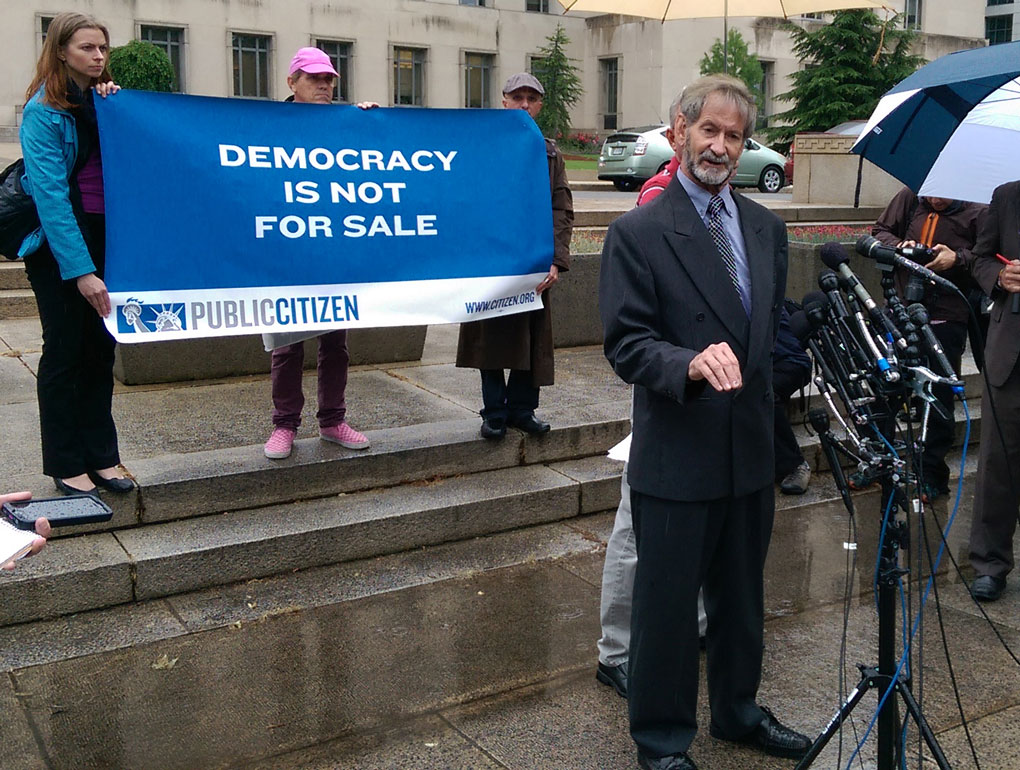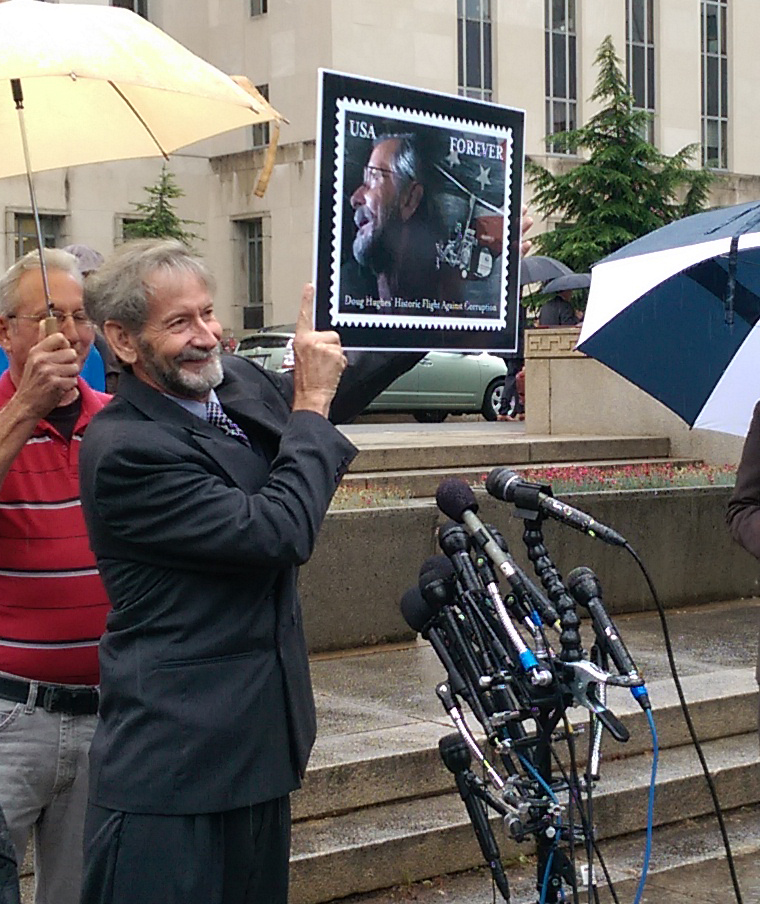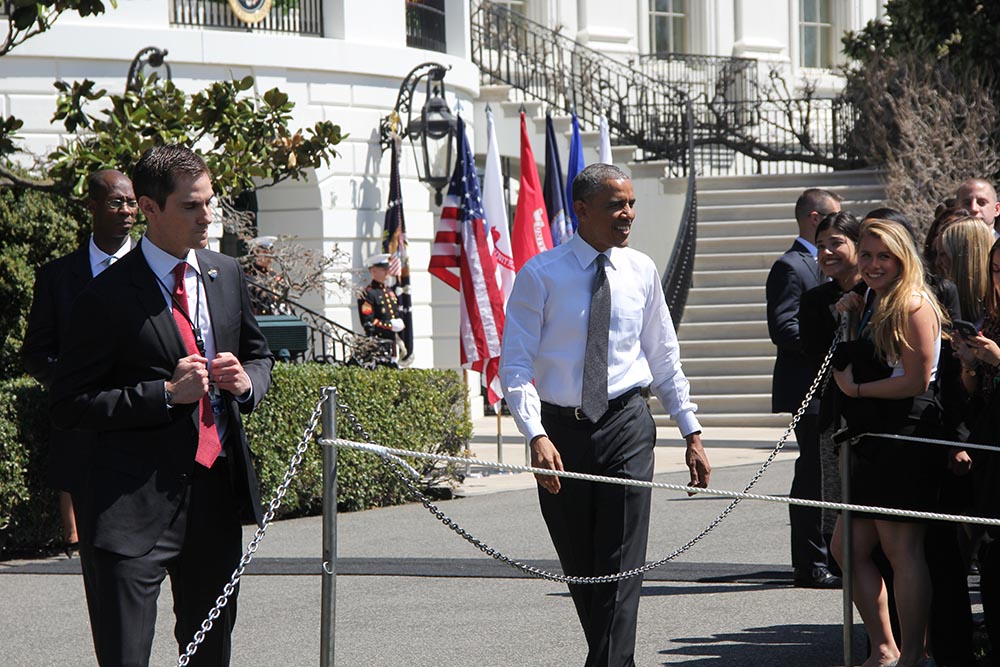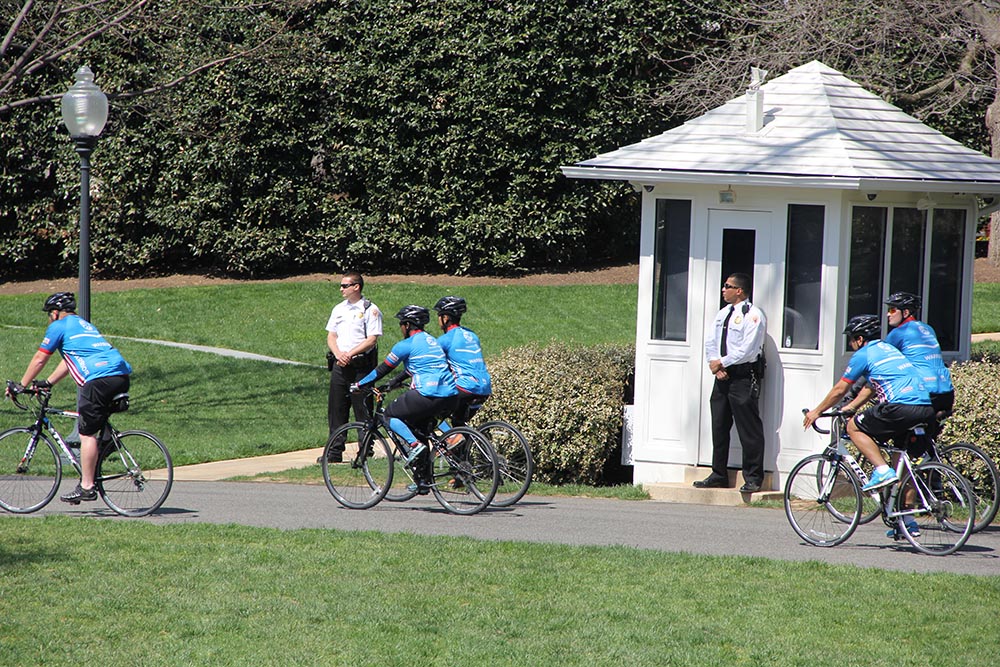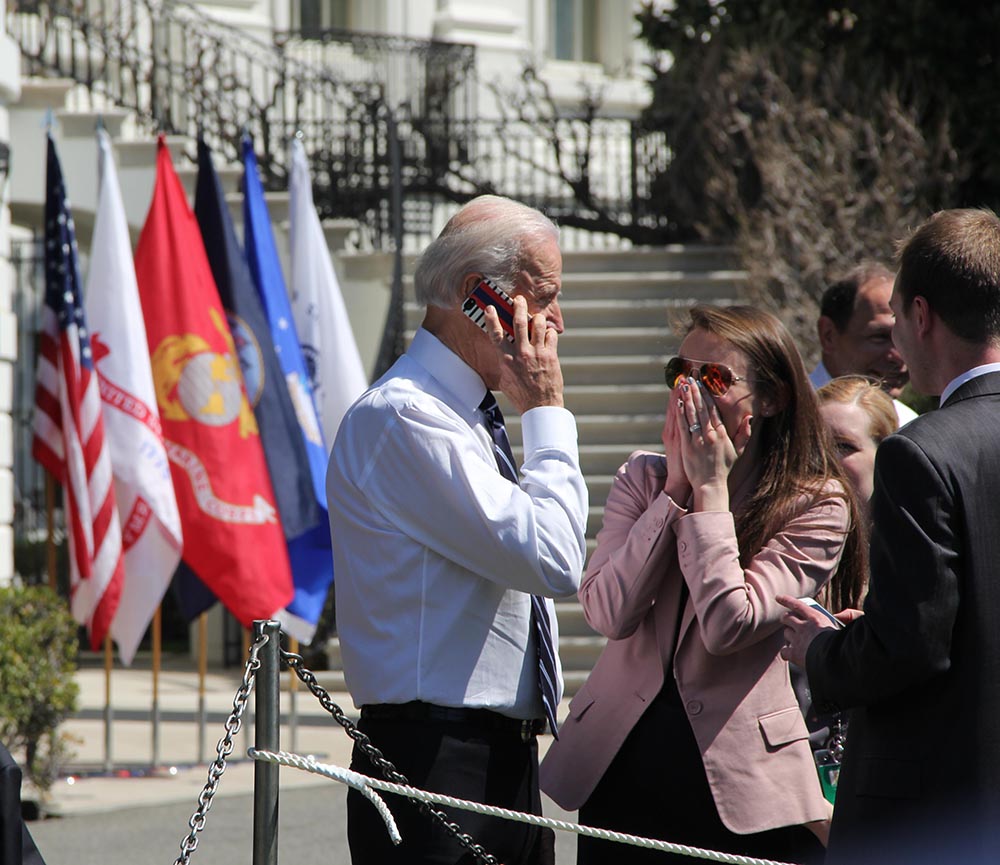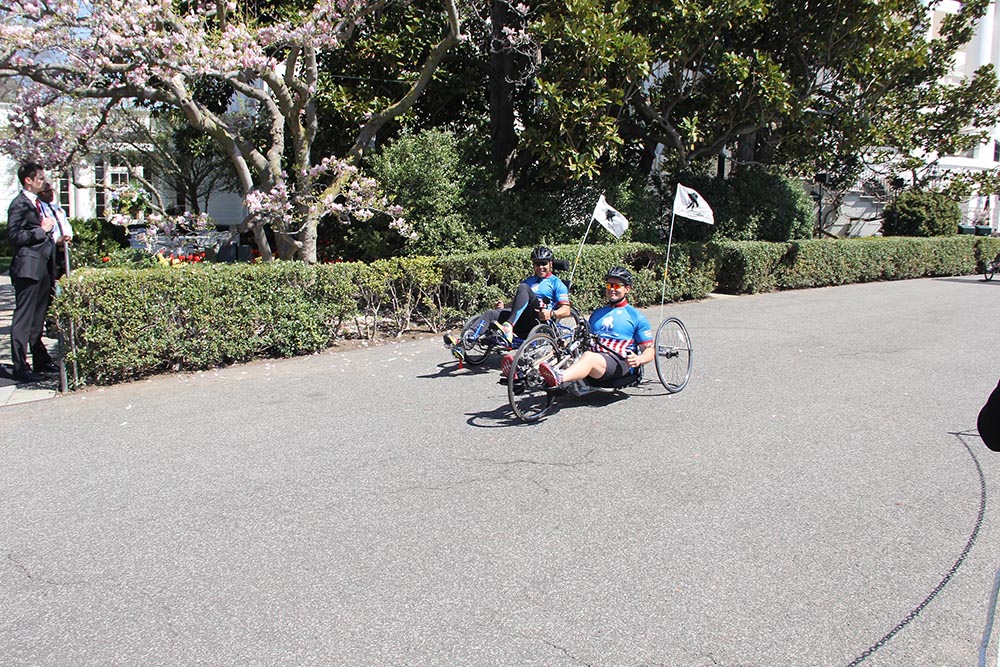WASHINGTON — Mungyeong in South Korea’s North Gyeongsang Province is a former coal-mining city now turned scenic tourist destination. Along with national parks, museums and a traditional tea bowl festival, travel sites highlight Mungyeong Saejae, a mountain pass that once served as the province’s gateway to and from Seoul.
In October this year, roughly 5,000 military personnel from up to 134 nations will converge on the city to try and best each other in competition. No weapons will be drawn in malice. There will be no prisoners or intentional casualties and locations like Mungyeong Saejae will be left completely intact — well maybe save for what the boost in tourism causes.
The sixth installment of the Military World Summer Games will mark the 20th year of the sports diplomacy initiative. The event is one of many regularly organized by the International Military Sports Council, more widely known as the Conseil International du Sport Militaire, which serves as the sports governing body for the world’s militaries.
Prof. Omari Faulkner, an adjunct instructor at Georgetown University’s Sports Industry Management program, said that the World Military Games does a really good job to take some of the world’s most athletic and disciplined men and women and put them into friendly competition.
The CISM was founded on Feb. 18, 1948, and is now the world’s second largest multi-sport discipline organization, bested only by the International Olympic Committee. Operating under the motto “Friendship through sport,” its mission through competitions like the World Games and symposiums highlight the role that sports can play rebuilding societies ravaged by conflict or natural disasters.
When you get past the initial irony of trained combatants engaging in friendly competitions against what may be considered enemies in real-world contexts, it’s easy to see why soldiers are well suited to play the role of athletes. Military personnel are in top physical condition, they are driven and well-disciplined with a clear sense of the mission at hand. What’s more, they have placed a value on team work and representing something greater than themselves at a level that all coaches dream of when working in professional and amateur settings.
Faulkner said that much of the benefits from global military sports is seen within the military circles. Through the common understanding of a sport, people from different backgrounds and with different world views can form interpersonal coalitions through a relatable practice.
The U.S. joined the organization in 1951. The growing popularity of more global sports such as soccer domestically provided a better common ground with the world than the country’s more popular sports such as football or ice hockey. With the greater participation in all sports from all the participating nations (in total, the Armed Forces competes in 19 of the 26 offered by the CISM, according to the Department of Defense) comes more fields for sports diplomacy to take root.
“We no longer live in a stovepiped sports world,” Faulkner said. “What’s happening in Europe or what happens in the United States is very relevant to what going on in China or in the Middle East, in regards to sports.”
Sports diplomacy also has its place in disaster-relief situations. After Hurricane Sandy the United Arab Emirates responded with a $4.5 million donation towards the rebuilding of a new soccer stadium in New Jersey.
“I think that the Department of Defense, State and even the White House can now really wrap their arms around the fact that you can help use sports as a tool to rebuild communities, to rebuild countries who have been by either war or weather disasters,” Faulkner said.
What the CSIM loses in commercial appeal and restrictions to entry, it makes up for in being comprised of well-organized and disciplined organization with far greater concerns than the results of the competitions or the financial payoff of a major sporting event. Solely sporting organizations such as the IOC, and more recently soccer’s governing body FIFA, have several instances of corruption that have diminished much of the strong development and outreach that has always been a major mission in their long histories.
It’s naïve to think that sports diplomacy is going to end a war or rebuild destroyed infrastructures. What it does do for the CISM is offer a strong non-combative means for military personnel to better connect with each other and those that they are helping.
Leadership of the CISM met in Kuwait City for the organization’s 70th General Assembly from May 17 to 23. Among the activities were the drawing of the lots for Mungyeong.
“I think everyone is now really in sync to understand that sports is basically a strong diplomacy tool,” Faulkner said. “It can’t fix all of our problems, it’s not going to be the solution for everything but it is a really strong tool in our diplomacy tool box.”

